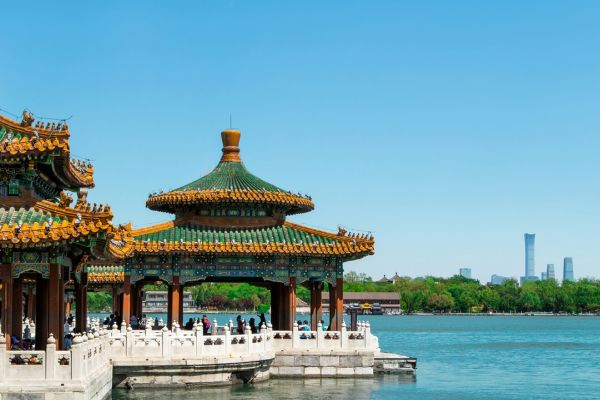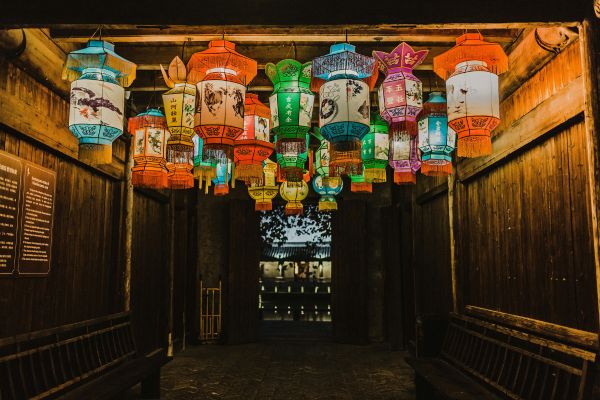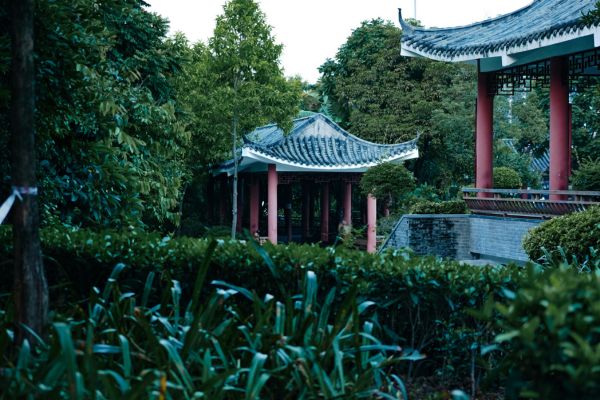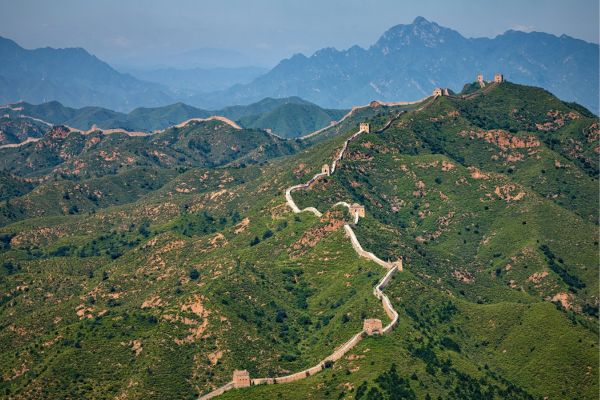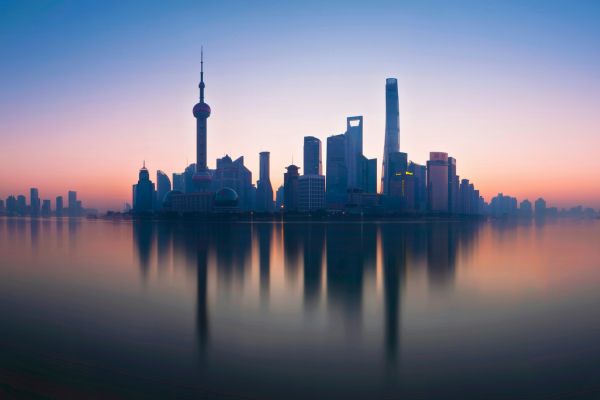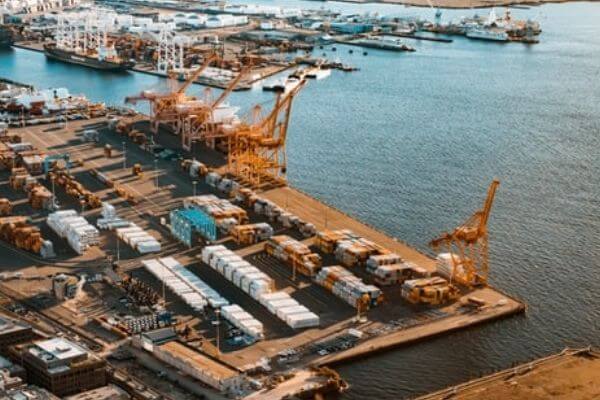
On 15 Nov. 2020, China, Japan, South Korea, Australia, New Zealand and the 10 ASEAN countries signed the Regional Comprehensive Economic Partnership (RCEP) Agreement at the fourth RCEP Summit, reaching the world's largest free trade agreement.
The RCEP consists of 20 chapters, covering comprehensive market access commitments for goods, services, investment and other areas. The overall liberalization level for trade in goods exceeds 90%; the service trade commitment is significantly higher than that of the original China-ASEAN FTA, “10+1”; the negative list approach is applied for market access commitments on investment; and the rules cover trade facilitation, intellectual property rights, e-commerce, competition policy, government procurement and other areas at a higher level.
The RCEP also fully takes into consideration the differences in economic scale and development level among members, and includes dedicated chapters on small and medium-sized enterprises and economic and technological cooperation to help developing members, especially the least developing ones, to fully enjoy the benefits of RCEP.
The RCEP is a new milestone for East Asian regional economic integration, which will strongly support the free trade and the multilateral trade system.
Premier Li Keqiang stated that China will promptly formulate tariff concessions, origin standards, facilitation measures, and related rules, and urge all Chinese departments to implement these rules as soon as possible to ensure the smooth implementation of the agreement.
The Ministry of Commerce of China has established the "China Free Trade Zone Service"(中国自由贸易区服务网), which can inquire about the free trade agreements that China has signed, are negotiating and are studying with other countries, including the Regional Comprehensive Economic Partnership Agreement.
View full text:
Regional Comprehensive Economic Partnership Agreement
Annex I Schedule Of Tariff Commitments China
Contributors: CJO Staff Contributors Team
